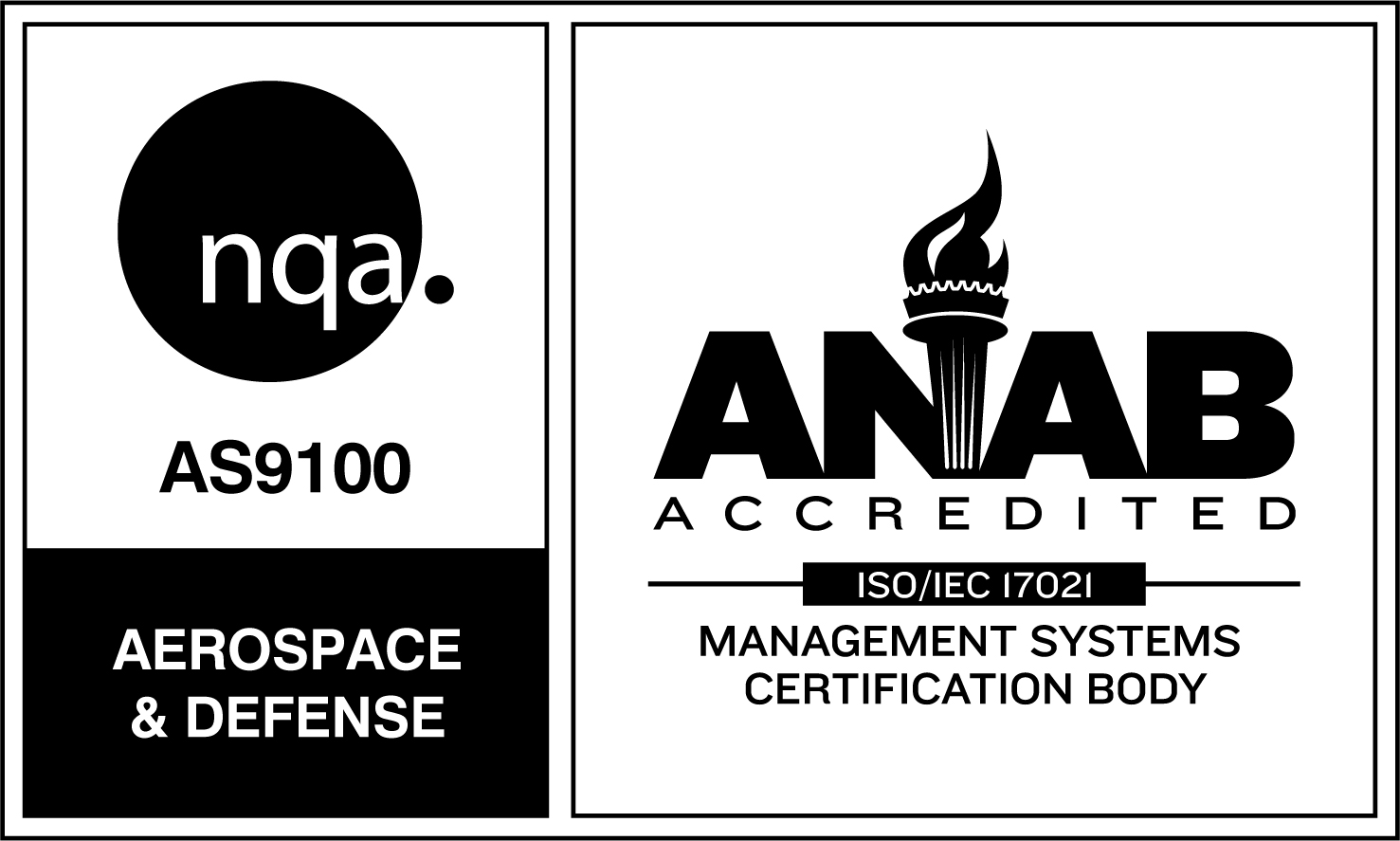Today’s manufacturing innovations often rely on the properties of exotic materials to achieve previously unattainable goals. Alloys incorporating titanium, Inconels, or Niobium have properties that engineers love. But they can also present enormous technical challenges when they need to be joined with other materials through a brazing process. Any brazing facility can handle 300-series stainless steel, but handling sensitive—and expensive—materials requires special care.
Why manufacturers need specialty materials
Specialty materials are typically chosen to solve specific engineering or design challenges due to characteristics that simultaneously make them ideal for the application and difficult to work with. Titanium is a common example. Titanium is significantly lighter than alternative materials, thanks to its low density. At the same time, it is also very strong, resistant to corrosion, and can be relied upon in applications involving extreme temperatures.
But titanium—and other materials often used in aerospace applications, like Niobium C-103—is also what we think of as a “grabber” material. When brought up to brazing temperatures, it will absorb whatever is in the atmosphere around it: chemicals, particles, and other contaminants. If this characteristic isn’t planned for, alpha case can result. Alpha case is a hard, discolored layer that can only be removed from a part by further machining. For any application that requires bright titanium parts, the brazing process must be designed to avoid alpha case or the time and cost of finishing the product will skyrocket.
Getting the braze right
Projects involving specialty materials are always important, not just because they involve expensive alloys but because the final product typically is something that lives will depend on: a jet engine, a rocket, or a gas turbine. Getting consistent, reliable results requires care at each phase of the brazing process:
- Planning. In any braze, but especially ones involving expensive or difficult materials, planning should begin as early as possible, ideally before components are fabricated.
- Systematic quality control. A brazing process needs to include a lot of stop points to allow for inspections, from initial delivery to final shipping and at many points in between.
- The right brazing solution. A titanium or Niobium alloy likes to be brazed in a vacuum furnace. When it’s done right, vacuum brazing will produce titanium parts that are free of alpha case all day long.
At Thermal-Vac, specialty materials are what we do best
Thermal-Vac has been vacuum brazing components for Southern California’s aerospace industry since the 1980s. Our in-house team of engineers works closely with every customer to ensure that the materials they have chosen for their products can undergo reliable brazing, plating, and heat treating to meet the customer’s specific requirements. To learn more about what we do, give Thermal-Vac a call today.


